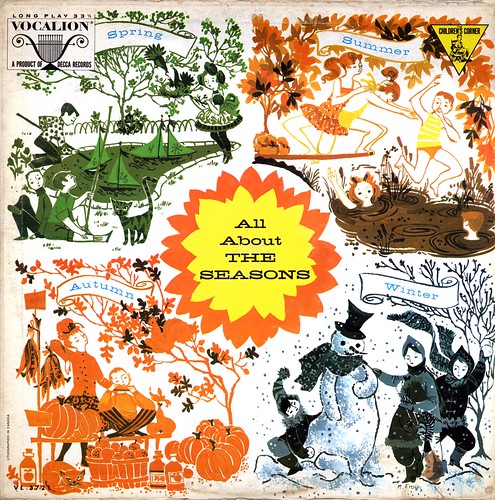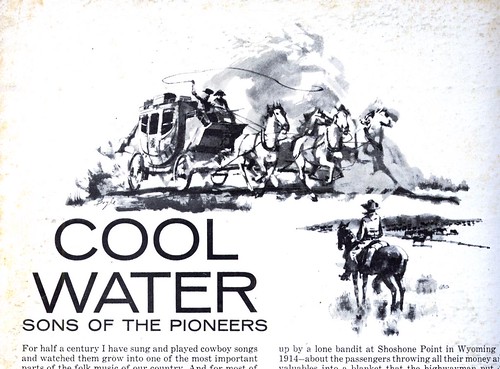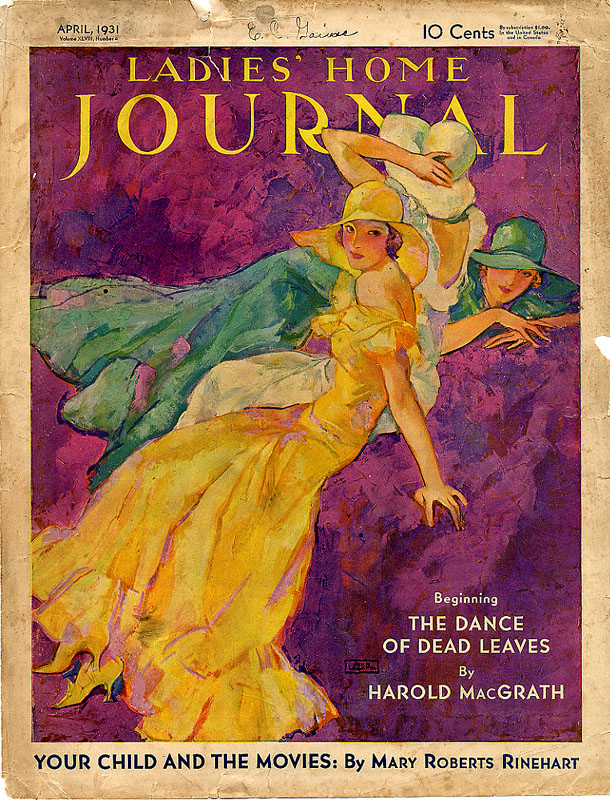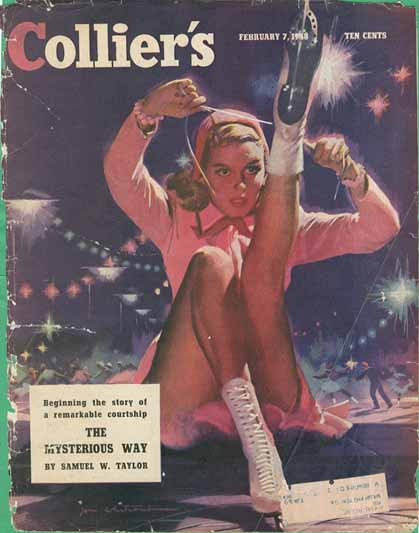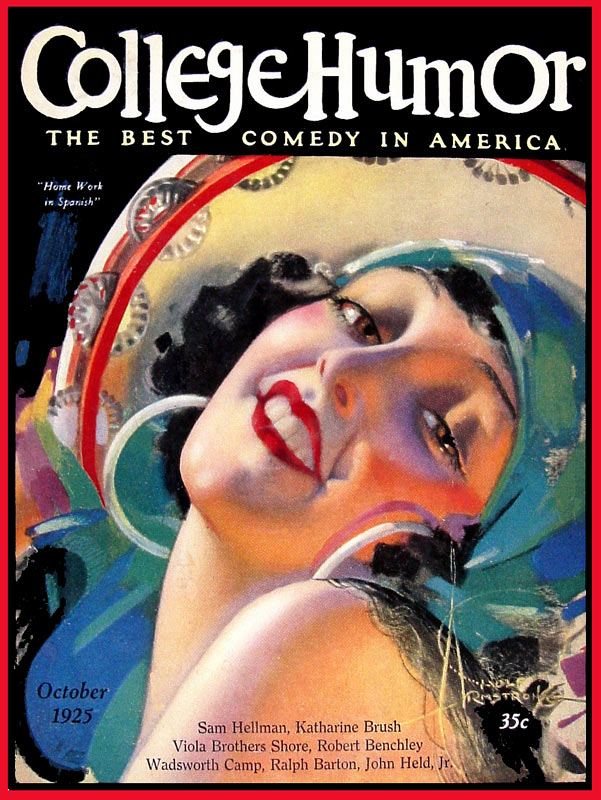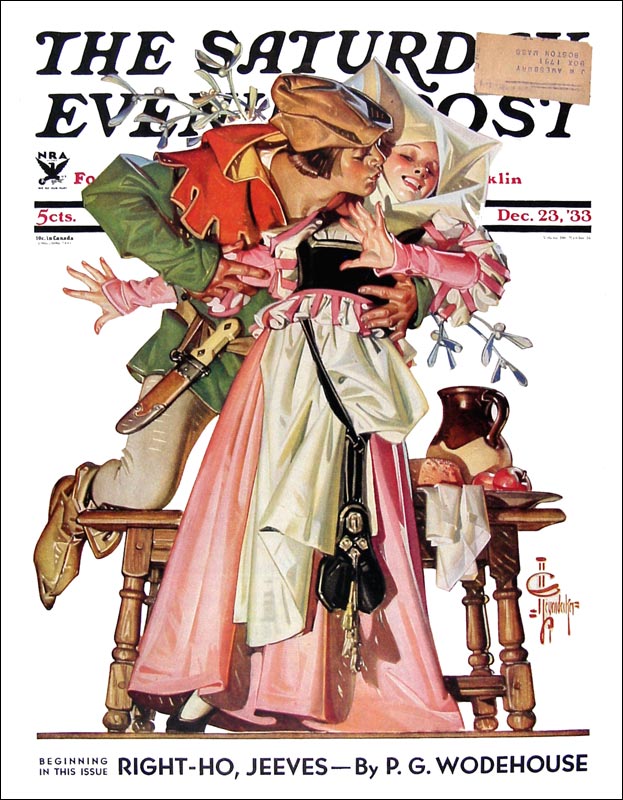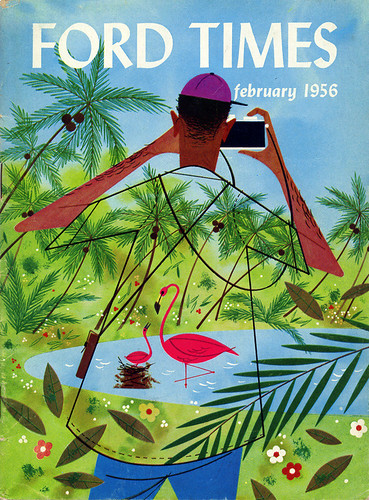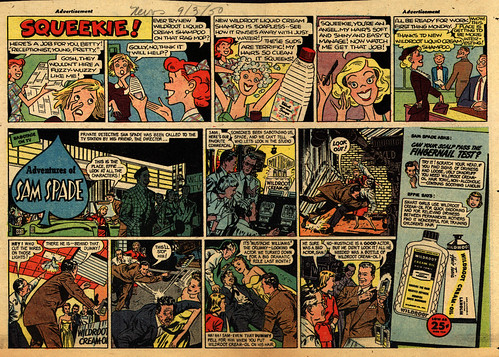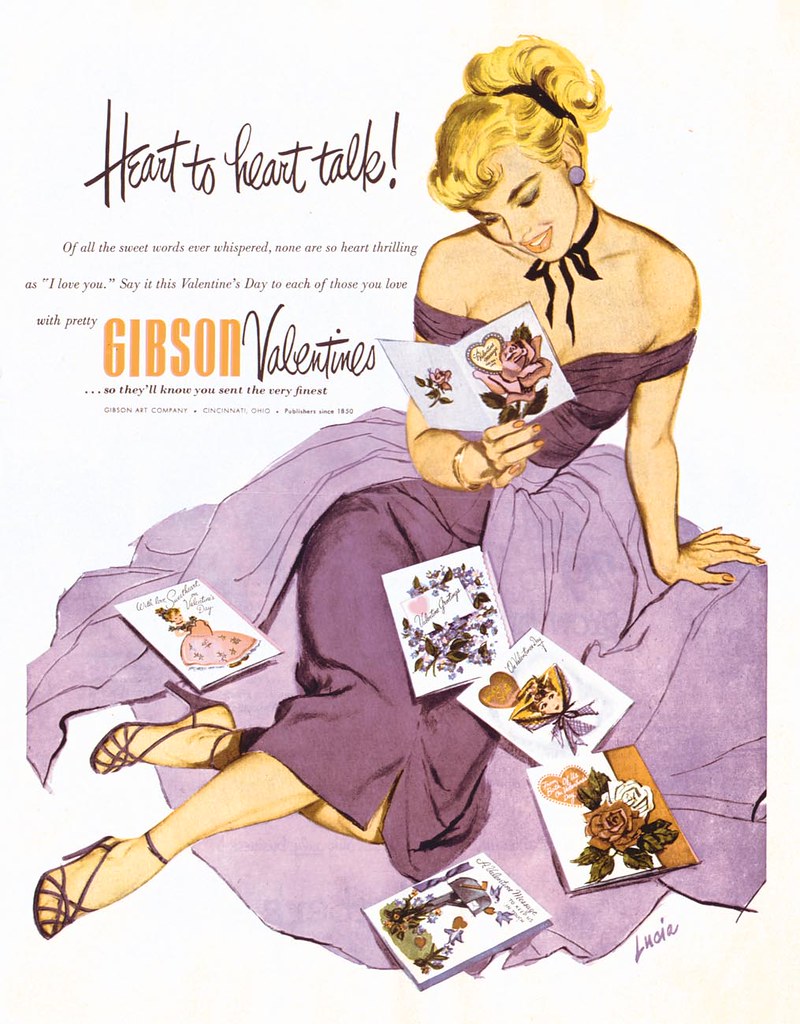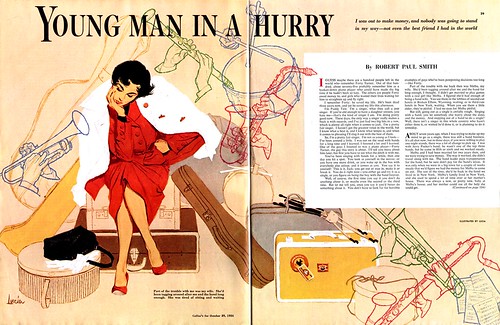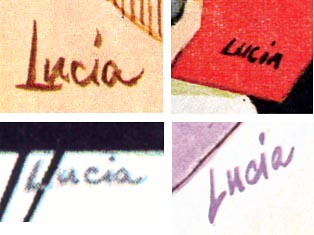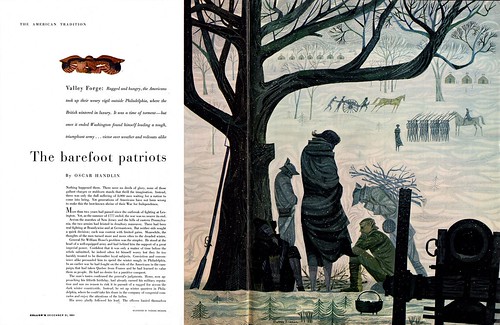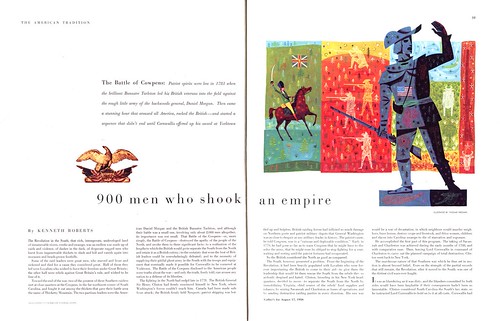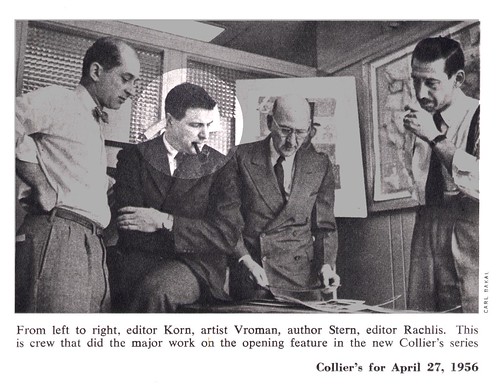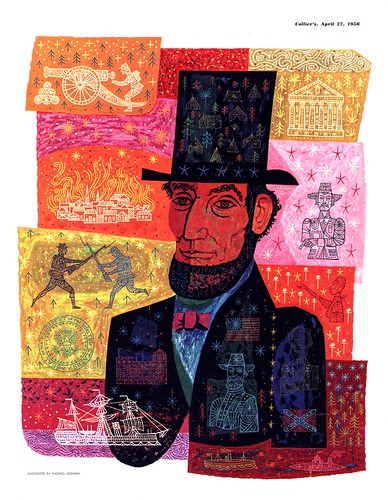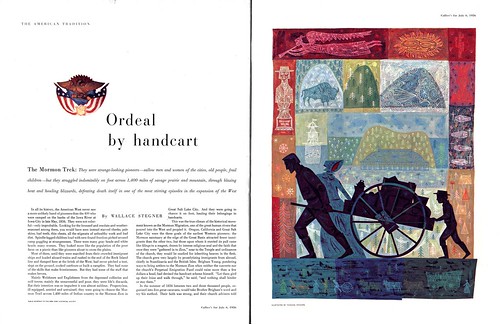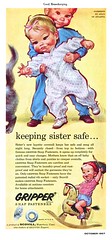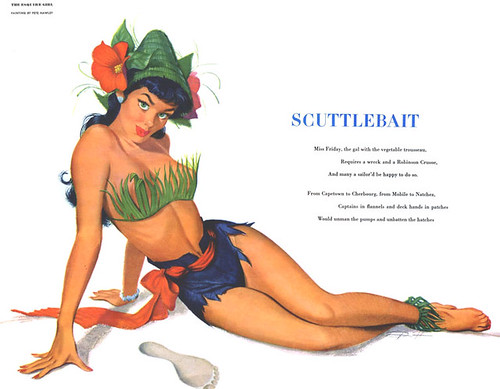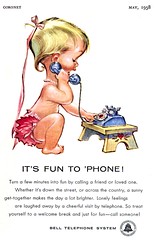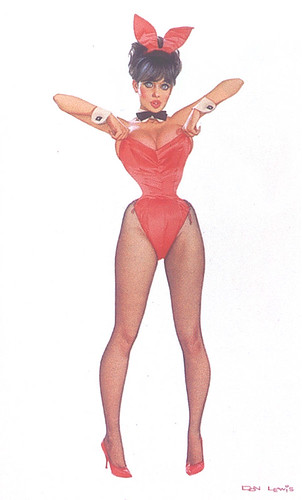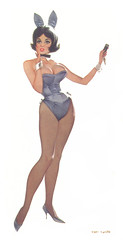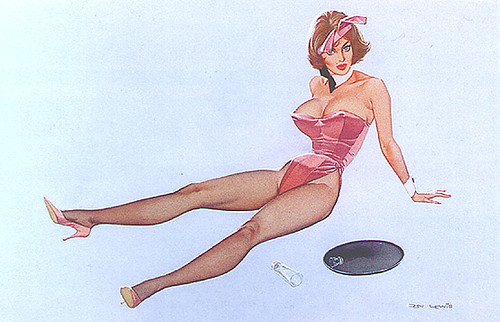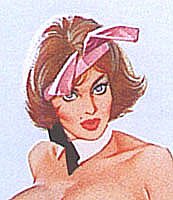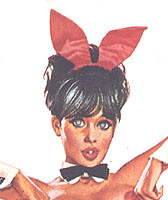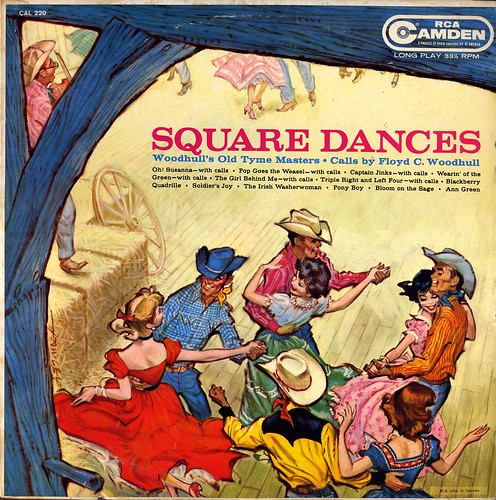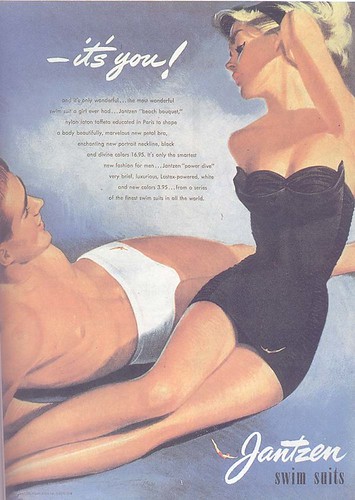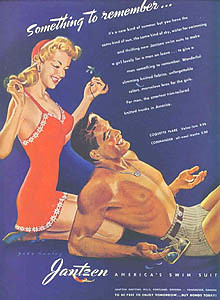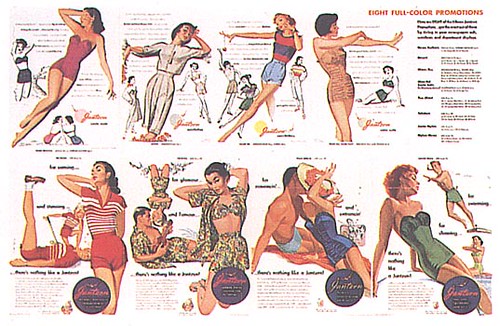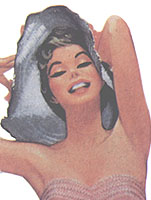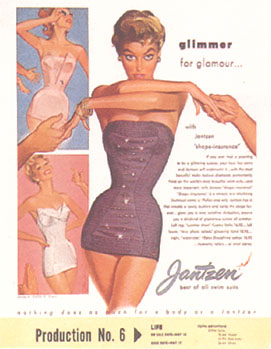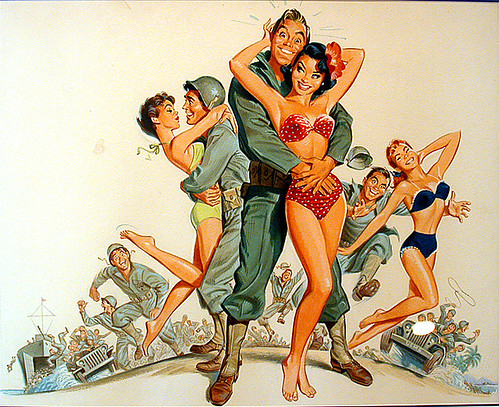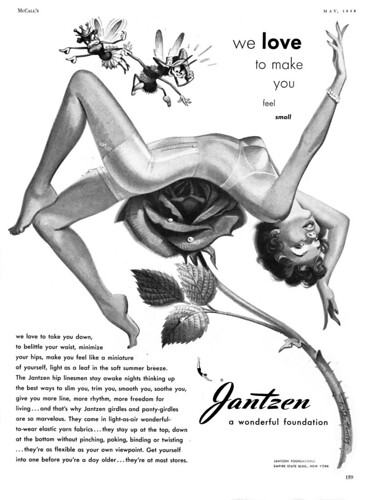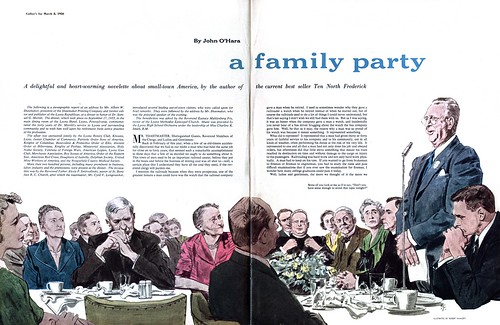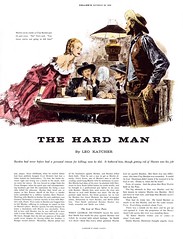Jantzen ad, 1940's, by Earl Oliver Hurst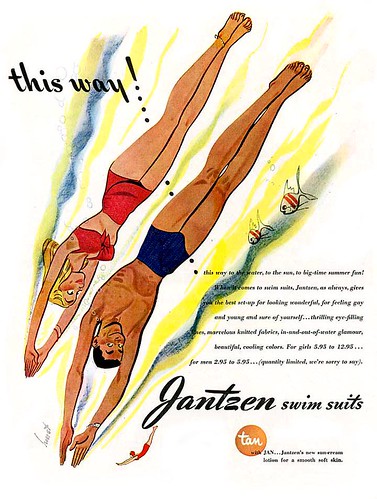
First, a caveat: When I started my full Golden Age-Good Girl Art illustration website in 1999, one of the earliest visitors was then-Warner Brothers animation character designer
Shane Glines, an on-again, off again list member here at TI and creator of several very influential and popular Illustration related boards and sites, including his latest—
CartoonRetro, asking me if I had any bio/career info on Pete Hawley. I told him no but replied whatever you find out, please let me know too. Over the years since, through email and when Shane gets a rare chance to attend SDCC, we’ve talked about Hawley. Shane has not only has assembled a formidable collection of the full spectrum of Hawley’s work but was able to track down the surviving family. Shane told me, as sadly so often is the case, by the time he discovered the family’s whereabouts, the artist had passed away just several years before.
Fortunately Pete Hawley had a quite legible script chop so even though he’s a mystery man with a four decade long career, he has always been collected by artists and fans. And that’s mostly for his 17-year association with Janzten. He had a very distinctive style, one that successfully mixed selected cartoon elements with more realistic modeling and rendering, so his illustrations are easily marked by his charming, sexy, smiling, active girls, sometimes startling and striking composition, likable men, and a cute pet or two. I’ve often had the experience of looking through some throwaways, a stack of $1.00 LPs for example at a garage sale, and spotting an unmistakable unsigned piece and saying “That’s Pete Hawley!” as if it were worth thousands.
And to me, and I guess most of the people who belong to TI, it is.
Let’s start with Janzten and swimwear illustration in general.
Janzten and its intense competitors to the south, Cole of California and Catalina Swimwear, both in Los Angeles, employed the cream of the crop of girl art illustrators in America for over 40 years: McClelland Barclay, George Petty, Alberto Vargas, Jon Whitcomb, Al Parker, Earl Oliver Hurst, Hawley, Joe De Mers, Haddon Sundblom, Ren Wicks, and fashion illustrators Rene Gruau and Tod Draz, just to name some I have seen and remember. The reason was simple. Illustrators were able to present the suit, the girl, and the surrounding beach environment in an immediately appealing way that photography, for many reasons, could not match for some time.
The first artist to make a name doing swimwear illustration was Coles Phillips, an artist who did not do any work for Janzten or any other swimwear company before he died in 1926, but through his post WWI magazine covers, his illustrations for sunburn ointment Ungentine, and his undergarment ads, really set the pace in what was tastefully attractive to both men and women. Coupled with his late style translucent watercolor technique, the result was revolutionary for the times and tremendously popular and influential, according to one advertising history, “pushing the line of what was acceptable further and faster” than was previously thought possible.
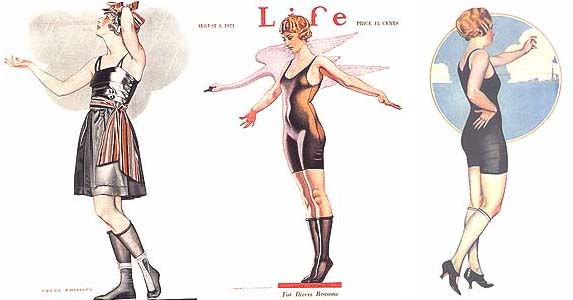
The trio of illustrations here show just how quickly Phillips managed the feat: Life covers for 1919 and 1921 and a “Class Girl” pin up made for the US Naval Academy’s yearbook The Lucky Bag, published in 1922. In the last example, admittedly for a very select and limited male only audience, Phillips’ illustration thumbed its nose at every publishing taboo of the era: the rear point of view so that the back of the legs could be seen, the single piece suit, rolled stockings and high heels, make up. It is hard to find an artist who was active in that period or reaching maturity then who has not mentioned Phillips as being an enormous influence.
Three of those artists who have mentioned Phillips prominently, McClelland Barclay (1923), George Petty (1936), and Alberto Vargas (1941) would work for Janzten, and their work shows that the successful swimsuit illustration had to appeal to both men and women. A large part of the appeal was the singular, spicy interaction between the sexes.
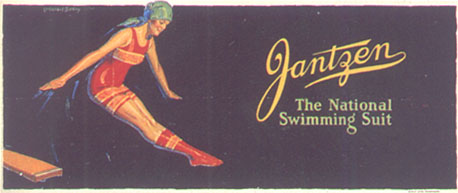
Although this example shows a Barclay from 1923 with only a single, somersaulting female, Barclay was known for the high energy and glamour the young people in his illustrations enjoyed. In Barclay’s Janzten pieces (roughly 1922-28?—unfortunately I don’t have suitable images to scan), the featured girl plays volleyball, dives off a board while others watch, water skis, runs toward a beach towel campsite chased by admiring men, all California Girl beach clichés now but hardly the case at the time. One social history says the goal of the generation “was to look and act like a Barclay ad.” George Petty’s Janzten pieces (first contacted summer of 1933, published 1935-1940) became a national phenomenon.
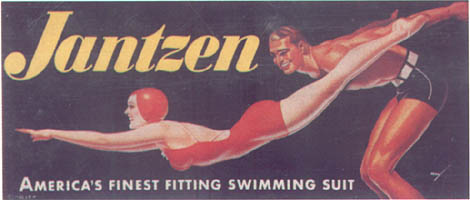
Reid Austin, author of the book Petty and other profiles, says Petty’s success at Janzten “was predicated on his ability to draw a convincing and appealing male. His Janzten ads and billboards are models of Streamlined interaction of male and female figures.”
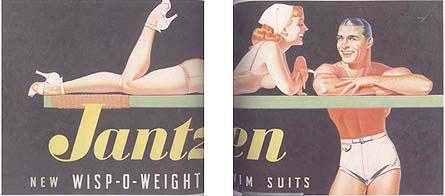
Austin also reveals that Petty would use different media—gouache and airbrush for the female, watercolor and airbrush for the male—so there would be different textures and feel to each. Sadly, Vargas never could render a convincing male throughout his career and that hurt his chances for replacing Petty at Janzten.
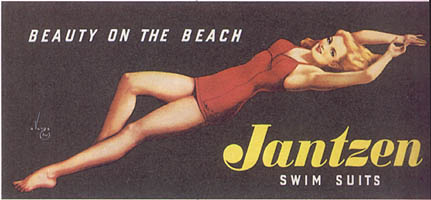
Even though Esquire editor David Smart was heavily pushing Vargas as part of the contract feud with Petty in 1941, to the tune of free ad pages in the magazine and calendar, the Varga Girl Janzten print ads for the year show bizarre, clumsy, almost embarrassingly done male figures accompanying the girl.
And that brings us full circle back to Hawley and his start at Janzten.
Note the female in this 1943 billboard “Girl of His Dreams” pretty much looks Petty-Varga streamlined, pneumatic, and leggy, as undoubtedly the assignment and the Pin Up era required. But there’s a hint of something else.
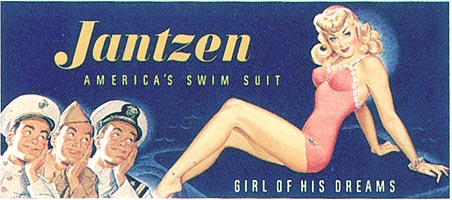
The girl has jewelry on, a bracelet on both her left wrist and left leg and looks straight at the viewer. She’s not going anywhere near the water. And those guys know it. The three officers at lower left, commissioned officers but regular, next door guys—think Mickey Rooney in Andy Hardy Falls in Love dealing with a young Lana Turner or Jack Lemmon in Mr Roberts--have the same impish bemused expression and look. Her vanity is just part of her charm. Notice the large open eyes and emphatic, dark eyebrows. On everyone.
The thrilling appeal both men and women enjoy, a thrill akin to flirting. A great looking cute girl but the admiring guy too. An average Joe that sees the humor in sex appeal and happily accepts it.
That’s Pete Hawley.
